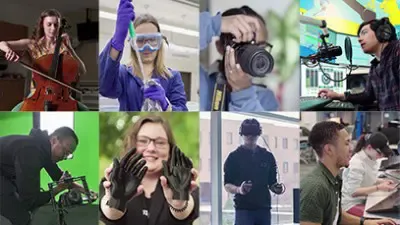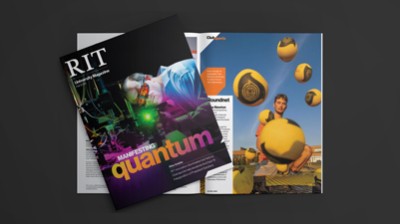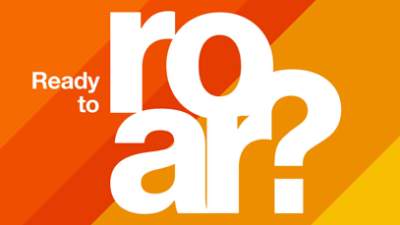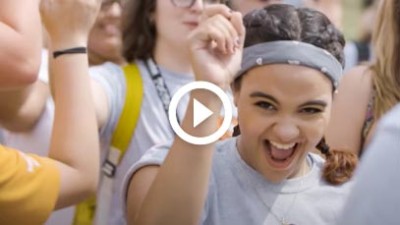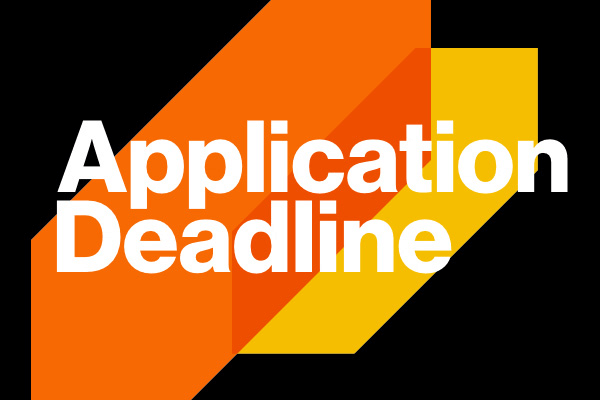3D Graphics Technology Associate in Applied Science Degree
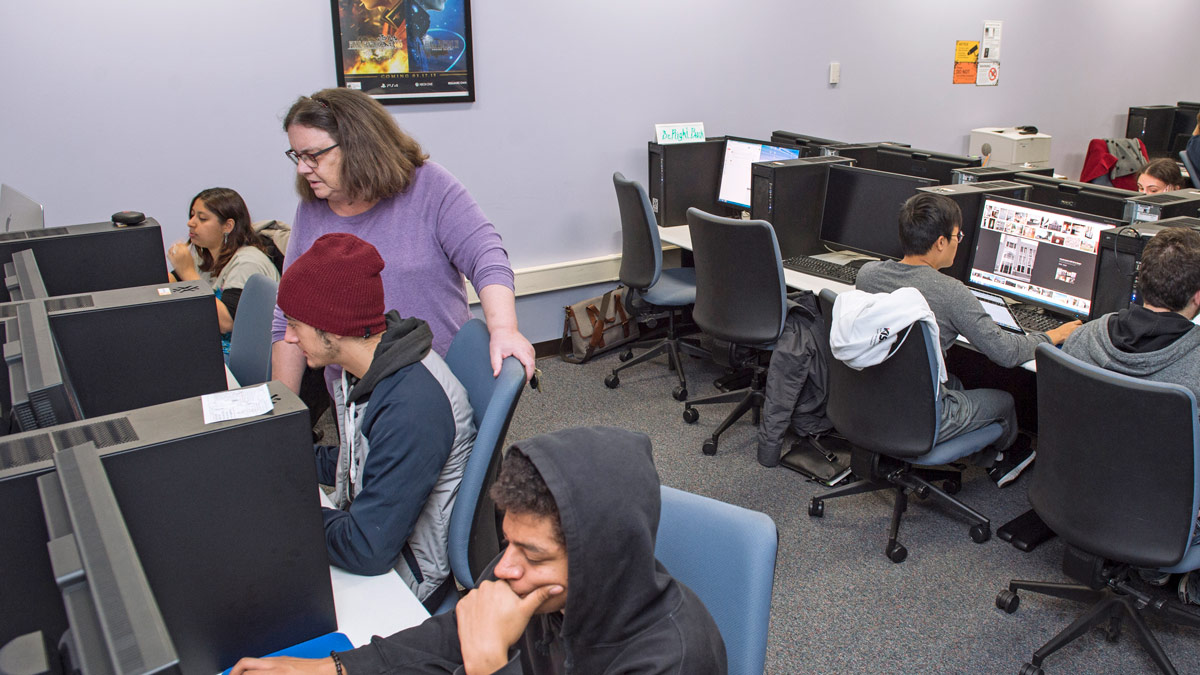
3D Graphics Technology
Associate in Applied Science Degree
- RIT /
- Rochester Institute of Technology /
- Academics /
- 3D Graphics Technology AAS
Master the concepts of 3D graphics to craft a range of creative solutions for animation and multimedia projects.
Overview for 3D Graphics Technology AAS
The associate in applied science (AAS) degree in 3D graphics technology introduces concepts related to three dimensional (3D) graphics, and teaches you the creative and technical skills required to produce 3D graphics, 3D prints, environmental renderings that range from artistic to photorealistic in quality, and 3D models used in multimedia and animation. A combination of traditional design skills and digital design techniques are taught, along with the representation of concepts of time, motion, and lighting principles. This program prepares you for one of two options: entering the 3D graphics industry after graduation or continuing your studies in the 3D digital design BFA program offered by RIT’s College of Art and Design. This program is available for qualified deaf and hard of hearing students.
The AAS degree in 3D graphics technology is a career-focused degree program that leads to immediate entry into well-paying careers in the graphic arts industry. The 3D graphics technology program, offered by RIT's National Technical Institute for the Deaf, covers the artistic and technical sides of the industry, with a specific focus on the modeling, animation, and visualization processes in 3D graphics. You acquire the creative and technical skills required to create 3D graphics, 3D printouts, environmental visualization graphics, and 3D models used in multimedia and animation.
The program also requires you to acquire skills in traditional media drawing and painting, as well as in animation, modeling, 3D printing, and reading and understanding design plans and blueprints. You acquire computer-based skills in 2D and 3D graphics software. In addition, you’ll learn skills related to project management and teamwork.
The capstone course offered in the final semester provides you with an opportunity to utilize your skills on an applied skill-focused project that is completed with advice and guidance of faculty from the visual communications studies department. The structure of the capstone course is that of a self-directed, semester-long project that is completed either on an individual basis or as part of a team-based project.
You gain real work experience through one term of required cooperative education employment. You also complete a required portfolio workshop course in which you refine and complete your portfolio as needed for application to the BFA program in 3D digital design in RIT’s College of Art and Design, or for an employment search.
STEM and the 3D Graphics Technology Program
Education in STEM (science, technology, engineering, math) careers is a major emphasis for students, parents, and counselors as they consider which college programs match students' interests and aptitudes. Funding for STEM career preparation is often a driving factor. The NTID 3D graphics technology program is a STEM career program. 3D graphics is listed in the technology/computer science STEM disciplines. 3D graphics and production for 3D printing, print media, and digital media cannot happen without immersion in computer technology.
-
First-Year Applications Due Soon
Apply by Jan. 1 for Early Decision II and by Jan. 15 for Regular Decision.
Careers and Cooperative Education
Typical Job Titles
| Junior Computer Graphic Designer | Junior Computer Animator | Technical Illustrator |
| 3D Illustrator | 3D Animator | Junior Environment Artist |
| Junior Animator | 3D Generalist | Modeler |
| Animator | Texture Artist | 3D Visualization Artist |
| Rigger |
Industries
-
Animation
-
Advertising, PR, and Marketing
-
Internet and Software
-
Design
-
Movies, TV, and Music
-
Computer Games
-
Architecture and Planning
-
Government (Local, State, Federal)
-
Other Industries
Cooperative Education
Cooperative education, or co-op for short, is full-time, paid work experience in your field of study. And it sets RIT graduates apart from their competitors. It’s exposure–early and often–to a variety of professional work environments, career paths, and industries. RIT co-op is designed for your success.
Students in the 3D graphics technology program are required to complete a cooperative education work experience prior to graduation. You may schedule your co-op after completing your second-year academic requirements.
Curriculum for 2025-2026 for 3D Graphics Technology AAS
Current Students: See Curriculum Requirements
Admissions and Financial Aid
For the career-focused AAS Degree
- 2 years of math required
- 1 year of science required
- English language skills as evidenced by application materials determine associate degree options.
Specific English, Mathematics, and Science Requirements and other Recommendations
Successful completion of the Summer Vestibule Program is required.
- English: Placement into the Critical Reading and Writing (UWRT-100) course.
- Mathematics: Placement into the Mathematics in Society (NMTH-140) course. Typically, students entering this major will have completed at least two years of high school mathematics.
- Science: Typically, students entering this major will have completed at least two years of high school science.
- ACT (optional): The ACT middle 50% composite score is 14-17.
Financial Aid and Scholarships
100% of all incoming first-year and transfer students receive aid.
RIT’s personalized and comprehensive financial aid program includes scholarships, grants, loans, and campus employment programs. When all these are put to work, your actual cost may be much lower than the published estimated cost of attendance.
Learn more about financial aid and scholarships
Accreditation
Contact
- Andrea Zuchegno
- Department Chair
- National Technical Institute for the Deaf
- ammnvs@rit.edu
Department of Visual Communications Studies
